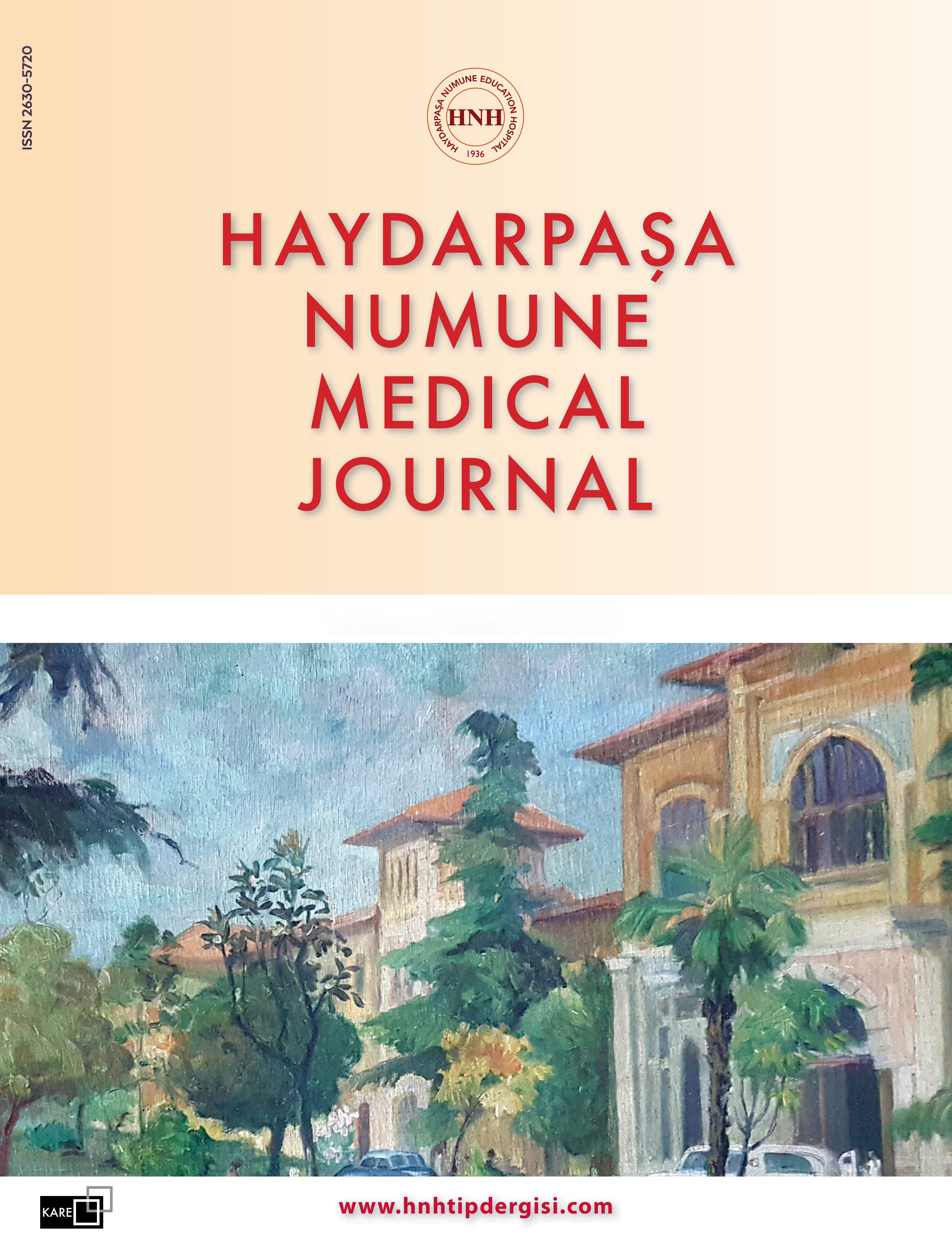An Assessment of the Knowledge, Attitudes, and Practices of Pediatricians and Pediatric Residents in Spinal Muscular Atrophy
Filiz Mıhçı1, Gökçen Öz Tuncer2, Muhammet Gültekin Kutluk1, Özlem Yayıcı Köken31Department of Pediatric Neurology, University of Health Sciences, Antalya Research and Training Hospital, Antalya, Türkiye2Department of Pediatric Neurology, Medical Faculty of Samsun Ondokuz Mayıs University, Samsun, Türkiye
3Department of Pediatric Neurology, Medical Faculty of Akdeniz University, Antalya, Türkiye
INTRODUCTION: This study aims to investigate the knowledge levels and attitude of pediatricians and pediatric residents toward spinal muscular atrophy (SMA), which is one of the most frequent neuromuscular diseases and the second most common cause of mortality among autosomal recessive diseases.
METHODS: Pediatric residents and pediatricians were asked to answer a questionnaire consisting of 27 questions prepared by the authors. The questionnaire investigated knowledge levels and attitudes concerning genetic, pathophysiologic, and laboratory characteristics, in addition to follow-up and management features of SMA. The questionnaire was distributed using Google Forms (Google LLC, Mountain View, CA, USA).
RESULTS: Ninety-three physicians (48.4% (n=45) pediatricians, 15.1% (n=14) fellows, and 36.6% (n=34) pediatric residents) responded to the questionnaire. Of these, 56 (60.2%) had experience of working in a pediatric clinic for more than 5 years and 95.7% (n=89) had followed an SMA patient. Sixty-eight (73.1%) of the participants knew that a deletion in exon 78 was the cause of SMA in more than 95% of patients, 83 (89.2%) knew that it was characterized by progressive loss of motor neurons in the anterior horn, 86 (92.5%) knew that SMA classification was made based on the onset time of symptoms and genetic features, and 92 (98.9%) believed that SMA subtypes could define the prognosis. Ninety (96.8%) stated that the most important cause of mortality was the involvement of accessory respiratory muscles.
DISCUSSION AND CONCLUSION: This study revealed that physicians possess a satisfactory level of knowledge concerning the symptomatology, diagnostic algorithm, and follow-up features of SMA disease, which has become more popular following the development of treatments that could prolong survival and improve the quality of life. Modern treatment options are expected to change the natural course of the disease, and pediatricians are expected to stay up-to-date with the changing algorithms for diagnosis, follow-up, and treatment.
Keywords: Attitude, knowledge, neuromuscular disease, rare disease, spinal muscular atrophy.
Makale Dili: İngilizce
















